6 Contents
10 INTRODUCTION
20 If you can dream it, you can do it Beating the odds at start-up
22 There’s a gap in the market, but is there a market in the gap? Finding a profitable niche
24 You can learn all you need to know about the competition’s operation by looking in his garbage cans Study the competition
28 The secret of business is to know something that nobody else knows Stand out in the market
32 Be first or be better Gaining an edge
40 Put all your eggs in one basket, and then watch that basket Managing risk
42 Luck is a dividend of sweat. The more you sweat, the luckier you get Luck (and how to get lucky)
43 Broaden your vision, and maintain stability while advancing forward Take the second step
44 Nothing great is created suddenly How fast to grow
46 The role of the CEO is to enable people to excel From entrepreneur to leader
48 Chains of habit are too light to be felt until they are too heavy to be broken Keep evolving business practice
52 A corporation is a living organism; it has to continue to shed its skin Reinventing and adapting
58 Without continuous growth and progress, success has no meaning The Greiner curve
62 If you believe in something, work nights and weekends—it won’t feel like work The weightless start-up
68 Managers do things right, leaders do the right thing Leading well
70 None of us is as smart as all of us The value of teams
72 Innovation must be invasive and perpetual: everyone, everywhere, all of the time Creativity and invention
74 Dissent adds spice, spirit, and an invigorating quality Beware the yes-men
76 No great manager or leader ever fell from heaven Gods of management
78 A leader is one who knows the way, goes the way, and shows the way Effective leadership
80 Teamwork is the fuel that allows common people to attain uncommon results Organizing teams and talent
86 Leaders allow great people to do the work they were born to do Make the most of your talent
88 The way forward may not be to go forward Thinking outside the box
90 The more a person can do, the more you can motivate them Is money the motivator?
92 Be an enzyme—a catalyst for change Changing the game
100 The worst disease that afflicts executives is egotism Hubris and nemesis
104 Culture is the way in which a group of people solves problems Organizational culture
110 Emotional intelligence is the intersection of heart and head Develop emotional intelligence
112 Management is a practice where art, science, and craft meet Mintzberg’s management roles
114 A camel is a horse designed by committee Avoid groupthink
115 The art of thinking independently, together The value of diversity
120 Do not let yourself be involved in a fraudulent business Play by the rules
124 Executive officers must be free from avarice Profit before perks
126 If wealth is placed where it bears interest, it comes back to you redoubled Investment and dividends
128 Borrow short, lend long Making money from money
130 The interests of the shareholders are our own Accountability and governance
132 Make the best quality of goods at the lowest cost, paying the highest wages possible Your workers are your customers
138 Utilize OPM—Other People’s Money Who bears the risk?
146 Swim upstream. Go the other way. Ignore the conventional wisdom Ignoring the herd
150 Debt is the worst poverty Leverage and excess risk
152 Cash is king Profit versus cash flow
154 Only when the tide goes out do you discover who’s been swimming naked Off-balance-sheet risk
155 Return on equity is a financial goal that can become an own goal Maximize return on equity
156 As the role of private equity has grown, so have the risks it poses The private equity model
158 Assign costs according to the resources consumed Activity-based costing
164 Turn every disaster into an opportunity Learning from failure
166 If I had asked people what they wanted, they would have said faster horses Leading the market
170 The main thing to remember is, the main thing is the main thing Protect the core business
172 You don’t need a huge company, just a computer and a part-time person Small is beautiful
178 Don’t get caught in the middle Porter’s generic strategies
184 The essence of strategy is choosing what not to do Good and bad strategy
186 Synergy and other lies Why takeovers disappoint
188 The Chinese word “crisis” is composed of two characters: “danger” and “opportunity” Crisis management
190 You can’t grow long-term if you can’t eat short-term Balancing long- versus short-termism
192 Market Attractiveness, Business Attractiveness The MABA matrix
194 Only the paranoid survive Avoiding complacency
202 To excel, tap into people’s capacity to learn The learning organization
208 The future of business is selling less of more The long tail
210 To be an optimist ... have a contingency plan for when all hell breaks loose Contingency planning
211 Plans are useless, but planning is indispensable Scenario planning
212 The strongest competitive forces determine the profitability of an industry Porter’s five forces
216 If you don’t have a competitive advantage, don’t compete The value chain
218 If you don’t know where you are, a map won’t help The capability maturity model
220 Chaos brings uneasiness, but it also allows for creativity and growth Coping with chaos
222 Always do what is right. It will gratify half of mankind and astonish the other Morality in business
223 There is no such thing as a minor lapse in integrity Collusion
224 Make it easier to do the right thing and much harder to do the wrong thing Creating an ethical culture
232 Marketing is far too important to leave to the marketing department The marketing model
234 Know the customer so well that the product fits them and sells itself Understanding the market
242 Attention, Interest, Desire, Action The AIDA model
244 Marketing myopia Focus on the future market
250 The cash cow is the beating heart of the organization Product portfolio
256 Expanding away from your core has risks; diversification doubles them Ansoff’s matrix
258 If you’re different, you will stand out Creating a brand
264 There is only one boss: the customer Make your customers love you
268 Whitewashing, but with a green brush Greenwash
270 People want companies to believe in something beyond maximizing profits The appeal of ethics
271 Everybody likes something extra for nothing Promotions and incentives
272 In good times people want to advertise; in bad times they have to Why advertise?
274 Make your thinking as funny as possible Generating buzz
276 E-commerce is becoming mobile commerce M-commerce
278 Trying to predict the future is like driving with no lights looking out of the back window Forecasting
280 Product, Place, Price, Promotion Marketing mix
288 See how much, not how little, you can give for a dollar Maximize customer benefits
290 Costs do not exist to be calculated. Costs exist to be reduced Lean production
294 If the pie’s not big enough, make a bigger pie Fulfilling demand
296 Eliminate unnecessary steps Simplify processes
300 Every gain through the elimination of waste is gold in the mine Juran’s production ideal
302 Machines, facilities, and people should work together to add value Kaizen
310 Learning and innovation go hand in hand Applying and testing ideas
312 Your most unhappy customers are your greatest source of learning Feedback and innovation
314 Technology is the great growling engine of change The right technology
316 Without big data, you are blind and deaf and in the middle of a highway Benefitting from “big data”
318 Put the product into the customer’s hands— it will speak for itself Quality sells
324 The desire to own something a little better, a little sooner than necessary Planned obsolescence
326 Time is money Time-based management
328 A project without a critical path is like a ship without a rudder Critical path analysis
330 Taking the best from the best Benchmarking
332 DIRECTORY
340 GLOSSARY
344 INDEX
351 ACKNOWLEDGMENTS
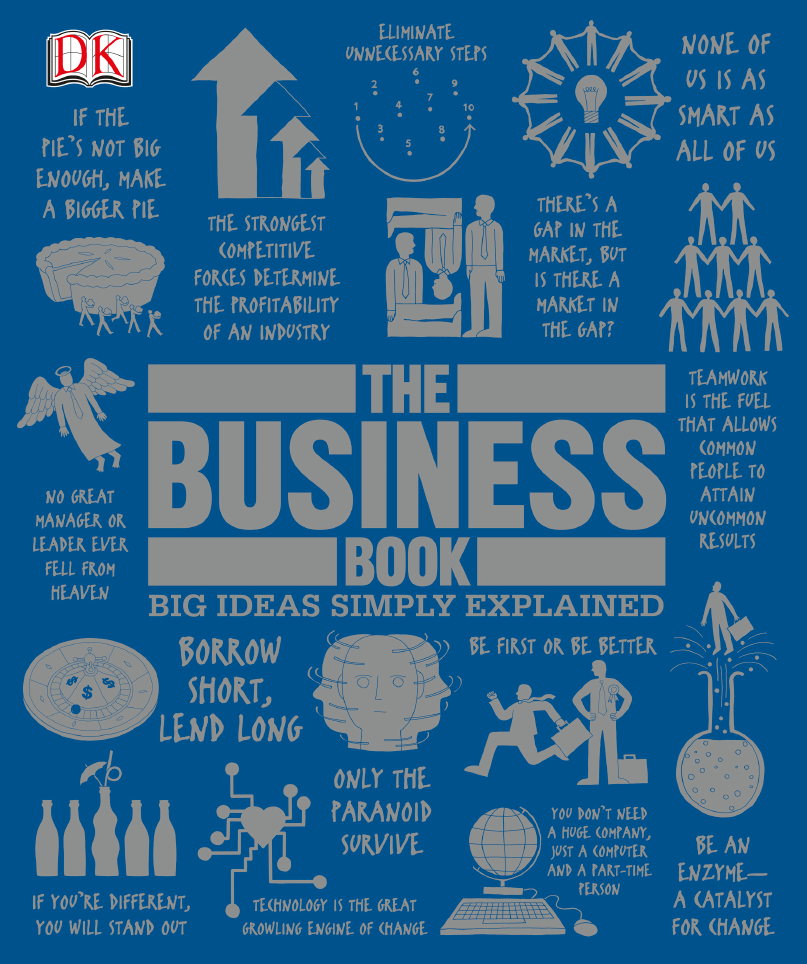

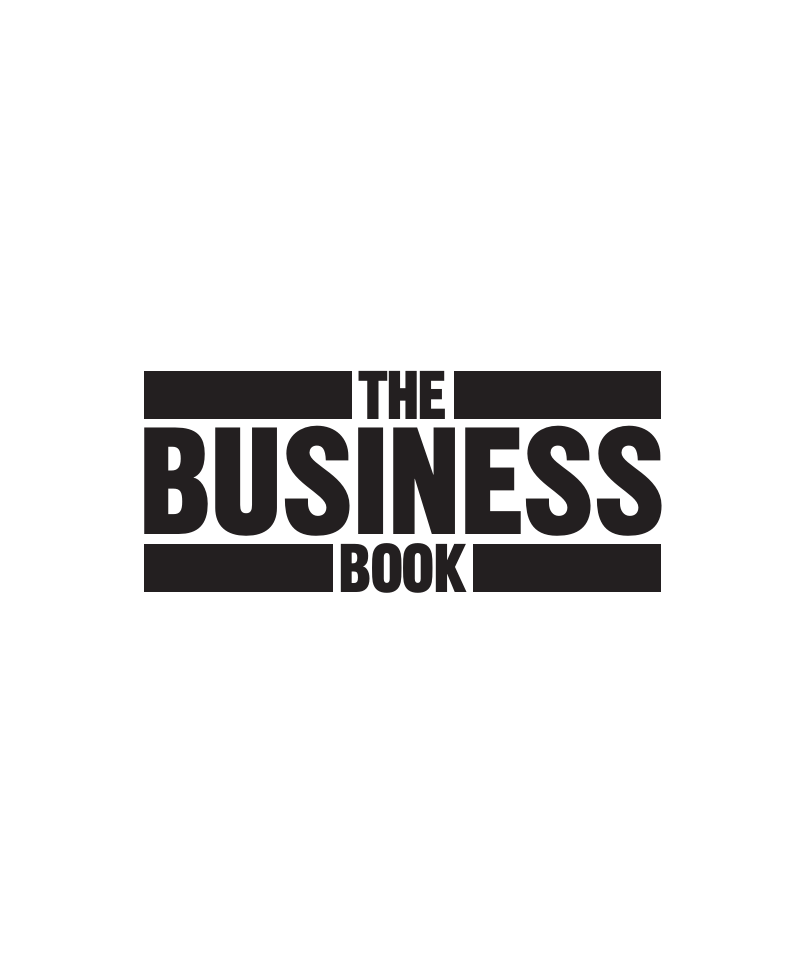


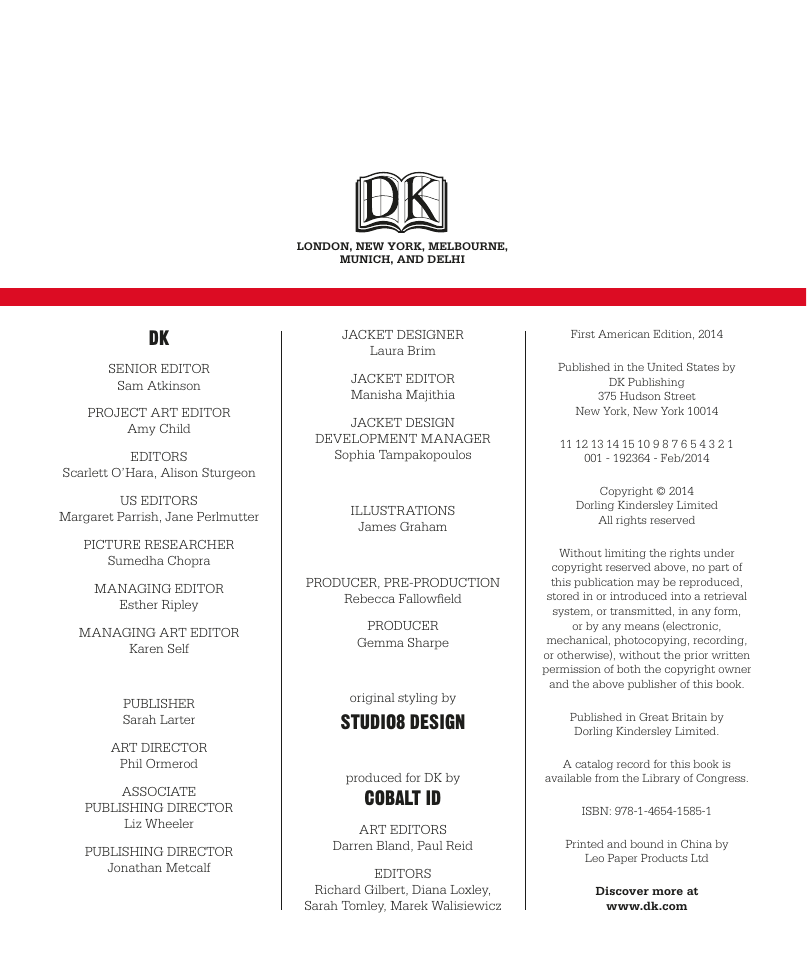
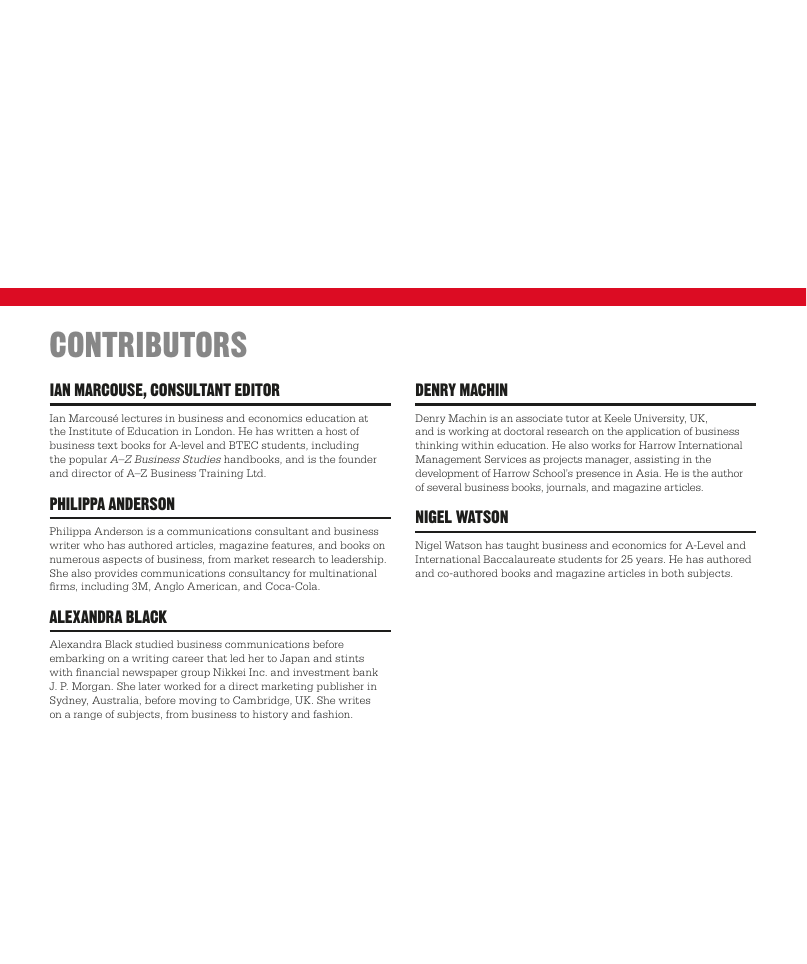
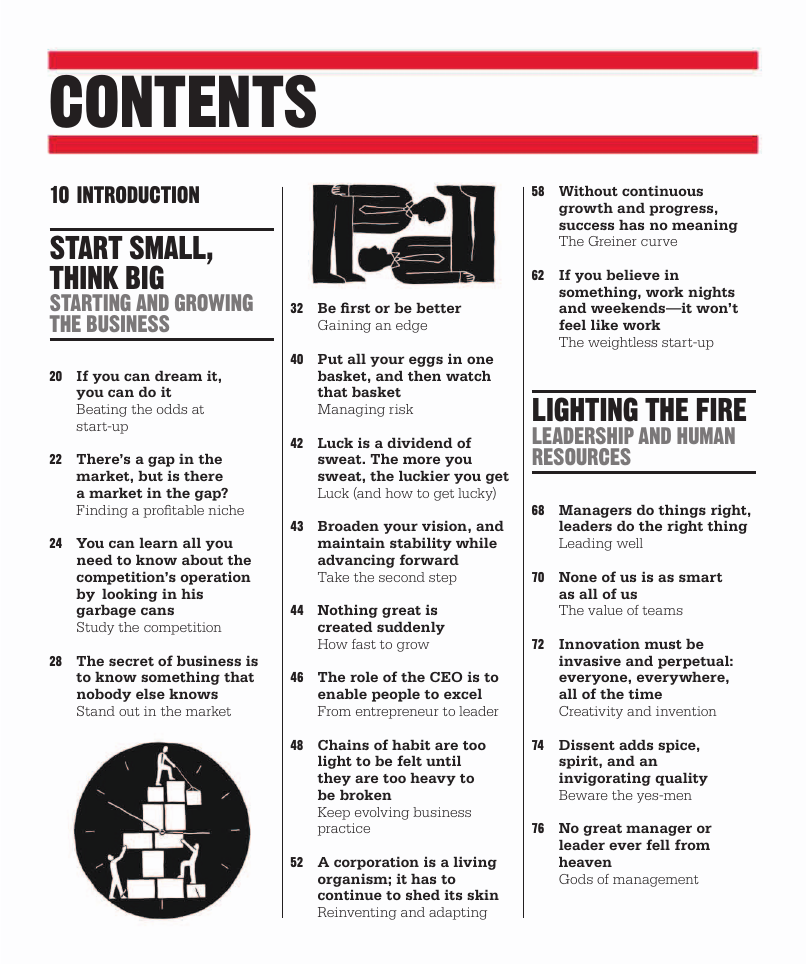








 2023年江西萍乡中考道德与法治真题及答案.doc
2023年江西萍乡中考道德与法治真题及答案.doc 2012年重庆南川中考生物真题及答案.doc
2012年重庆南川中考生物真题及答案.doc 2013年江西师范大学地理学综合及文艺理论基础考研真题.doc
2013年江西师范大学地理学综合及文艺理论基础考研真题.doc 2020年四川甘孜小升初语文真题及答案I卷.doc
2020年四川甘孜小升初语文真题及答案I卷.doc 2020年注册岩土工程师专业基础考试真题及答案.doc
2020年注册岩土工程师专业基础考试真题及答案.doc 2023-2024学年福建省厦门市九年级上学期数学月考试题及答案.doc
2023-2024学年福建省厦门市九年级上学期数学月考试题及答案.doc 2021-2022学年辽宁省沈阳市大东区九年级上学期语文期末试题及答案.doc
2021-2022学年辽宁省沈阳市大东区九年级上学期语文期末试题及答案.doc 2022-2023学年北京东城区初三第一学期物理期末试卷及答案.doc
2022-2023学年北京东城区初三第一学期物理期末试卷及答案.doc 2018上半年江西教师资格初中地理学科知识与教学能力真题及答案.doc
2018上半年江西教师资格初中地理学科知识与教学能力真题及答案.doc 2012年河北国家公务员申论考试真题及答案-省级.doc
2012年河北国家公务员申论考试真题及答案-省级.doc 2020-2021学年江苏省扬州市江都区邵樊片九年级上学期数学第一次质量检测试题及答案.doc
2020-2021学年江苏省扬州市江都区邵樊片九年级上学期数学第一次质量检测试题及答案.doc 2022下半年黑龙江教师资格证中学综合素质真题及答案.doc
2022下半年黑龙江教师资格证中学综合素质真题及答案.doc